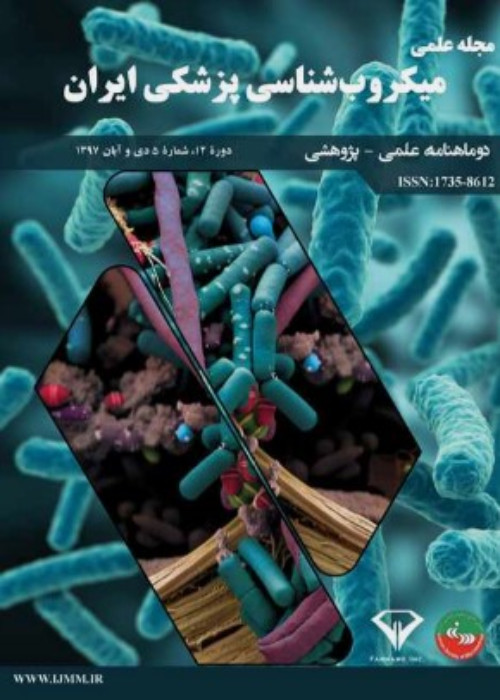Preparation and Evaluation of a Niosomal Drug Delivery System Containing Cefazolin and Study of Its Antibacterial Activity
Infectious diseases are one of the leading causes of death in the world. The use of antibiotics, in addition to limitations and side effects, causes the resistance of microorganisms. The use of drug delivery systems is an effective way to increase drug stability and reduce antibiotic use. This study aimed to load cefazolin into a niosomal drug delivery system.
This study was performed in 2018 to investigate the effect of span 60, tween 60, and cholesterol on the synthesis of niosome nanoparticles loaded with cefazolin by the thin layer hydration method. Then the characteristics of synthetic niosome nanoparticles and their antibacterial activity were investigated.
SEM images showed that all nanoparticles are spherical. The encapsulation efficiencies for the first, second, and third formulations were 33%, 19.7%, and 40.76%, respectively. The release of cefazolin from the first, second, and third formulations during 30 days was 48%, 81.5%, and 63%. The particle size and zeta potential of the third niosome formulation were estimated to be 154 nm and -24 mV. The MIC for Escherichia coli and Staphylococcus aureus were 4 and 150 μg/mL, respectively. The niosome nanoparticles prepared with the third formulation show an excellent antibacterial effect against Escherichia coli for six days, and the diameter of its growth inhibition zone remains almost constant.
The optimal formulation of niosome nanoparticles included span 60 (0.060), tween 60 (0.090), and cholesterol (0.046). Continuous and controlled release of cefazolin from the niosome, along with increased drug penetration, reduces the growth of E. coli (ATCC 9637) and S. aureus (ATCC 12600).
-
Formulation, optimization, and characterization of naringenin-loaded halloysite nanotube to achieve enhanced antioxidant and anticancer properties
Hamed Hamedinasab, *, Morteza Hosseini,
Nanomedicine Journal, Winter 2025 -
Requirements for revising and rewriting the regulations for promotion of faculty members in Iran's higher education institutions
*, Ahad Rezayan, Fatemeh Sadat Abolmaali, Bahram Sarmast
Qurterly Journal of Research and Planing in Higher Education, -
Study the effect of peel powder of pomegranate fruit /urea composites on P and Fe uptake content and on grain yield of in corn (zea maize)
Akram, o, sadat Haji Reza, Malihe Ghorbani, Sirros Mansoori Far, Kamal sadat Asilan
Soil Management and Sustainable Production,




